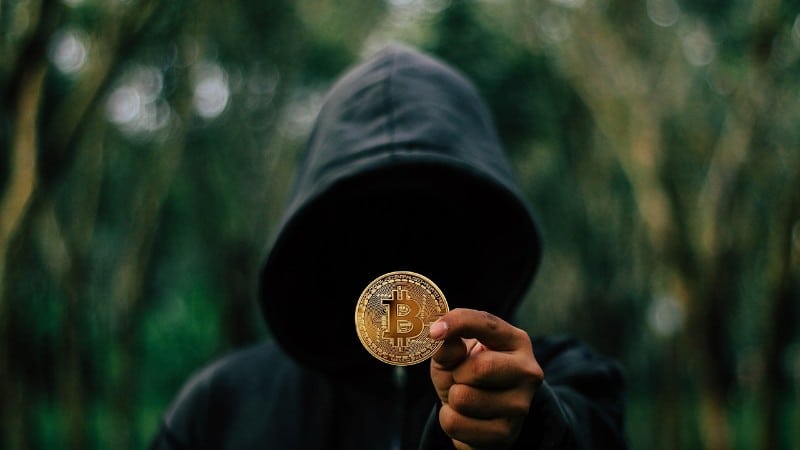Crypto hacks and ransomware payments skyrocket in 2024 as prices climb

Data from blockchain analytics company Chainalysis indicates a notable escalation in the number of crypto hacks and ransomware-related transactions between January and July 2024.?The total worth of stolen assets has increased significantly by 84%, totalling $1.58 billion, accompanied by a substantial rise in the typical financial loss per occurrence of 79.5%.
The growing threat of hacking is directed towards centralized exchanges, which are more susceptible to attacks due to their structure.
The Japanese DMM exchange, for instance, suffered a $305 million loss due to an unauthorized leak, accounting for 19% of total stolen funds in 2024.?Ransomware payments have also increased, with $459.8 million paid through June and the median ransom payment rising to $1.5 million.
Hackers supported by North Korea are employing psychological tactics to gain access to online markets where digital assets are bought and sold. In their efforts, certain teams are targeting IT positions within their chosen companies to facilitate their infiltration.
As a result, crypto users are urged to exercise increased caution and implement more rigorous security measures.
Stolen funds inflows nearly double
Between last year and this year, the total amount of money taken through fraudulent means rose by nearly 84 per cent, reaching $1.58 billion compared to the previous year’s $857 million.?This growth is primarily due to escalating prices and an alteration in customer targeting strategies.
The majority of ransom demands made by cybercriminals target major corporations with substantial financial resources, as they believe these companies will be more willing to pay a significant ransom to unlock their systems.
The “big game hunting” approach, which involves targeting high-value companies more likely to pay large sums to unlock their systems, has resulted in fewer victims but significantly higher payouts.
Crypto theft trends
Despite disruptions in some ransomware groups, others have successfully adapted and generated substantial income by evolving tactics, such as exploiting newly discovered vulnerabilities and employing sophisticated social engineering techniques.
The most substantial recorded ransom payment was a staggering $75 million paid to the notorious Dark Angels gang.?This amount is nearly twice the largest ransom payment made in 2023, underscoring the escalating trend of high-value ransom demands.
Despite a notable decrease in aggregate illicit activity on-chain, the substantial rise in crypto theft has more than compensated for the reduction, resulting in a relatively stable overall trend.?Meanwhile, the growth of legitimate cryptocurrency-related transactions has effectively offset the decrease in illicit activity observed throughout the year.
The report highlights the importance of sustained vigilance and enhanced security protocols to counteract the escalating risks associated with cryptocurrency-related hacking incidents and ransomware demands.
Key takeaways
The 2024 mid-year report from Chainalysis serves as a timely reminder of the dynamic nature of crypto crime. It underscores the importance of staying informed and adapting to emerging threats to effectively mitigate risks and ensure the continued growth and security of the cryptocurrency industry.
For the sector to continue growing and thriving, security must remain a top priority. Proactive measures must be implemented to prevent and minimize the risks associated with illicit activities. Collective efforts and a commitment to security will create an environment that protects the interests of all stakeholders in the rapidly evolving cryptocurrency space.
The report underscores the importance of continuous vigilance in the face of an evolving crypto landscape, where adaptability plays a crucial role in reducing the risks associated with increasingly sophisticated threats. To effectively address the dangers posed by evolving crypto crimes, everyone in the industry must stay informed and take proactive steps to protect themselves against these increasingly sophisticated threats.









